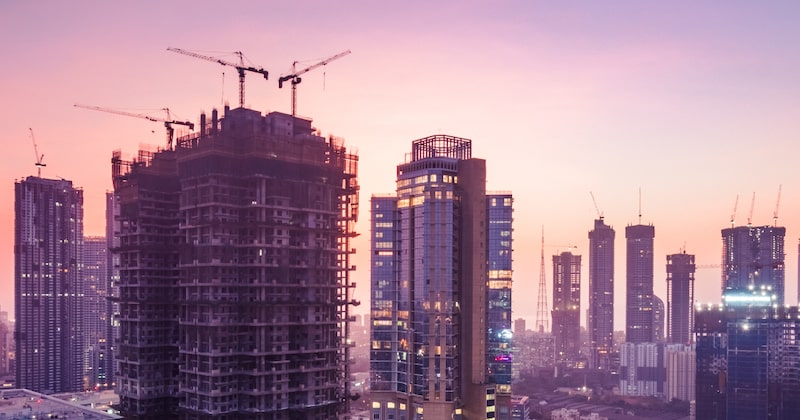26th June 2024
* Development Potential of the site helps us understand the buildability of the site. Buildability can be equal or less than the development potential of the site.
I. Jurisdiction
II. Development Type
III. Extent of the Site
IV. Approach Road Width
V. Property Frontage
VI. Amalgamation of Plots
VII. Man-made & Geographical Constrains
Buildability of a site is crucial as the entire project planning, costs, and revenues are subject to it. Meraqi’s Handboook Government Regulations, Regulatory Requisites and Building Plan Approval Process for Real Estate Developments in Bengaluru covers applicable regulatory requisites required during the entire lifecycle of a real-estate project (pre-construction, construction & post completion) in Bengaluru. The handbook also includes the standard regulatory practices and procedures involved in developing different real estate projects including residential, commercial, institution, and warehouse developments in Bengaluru.

